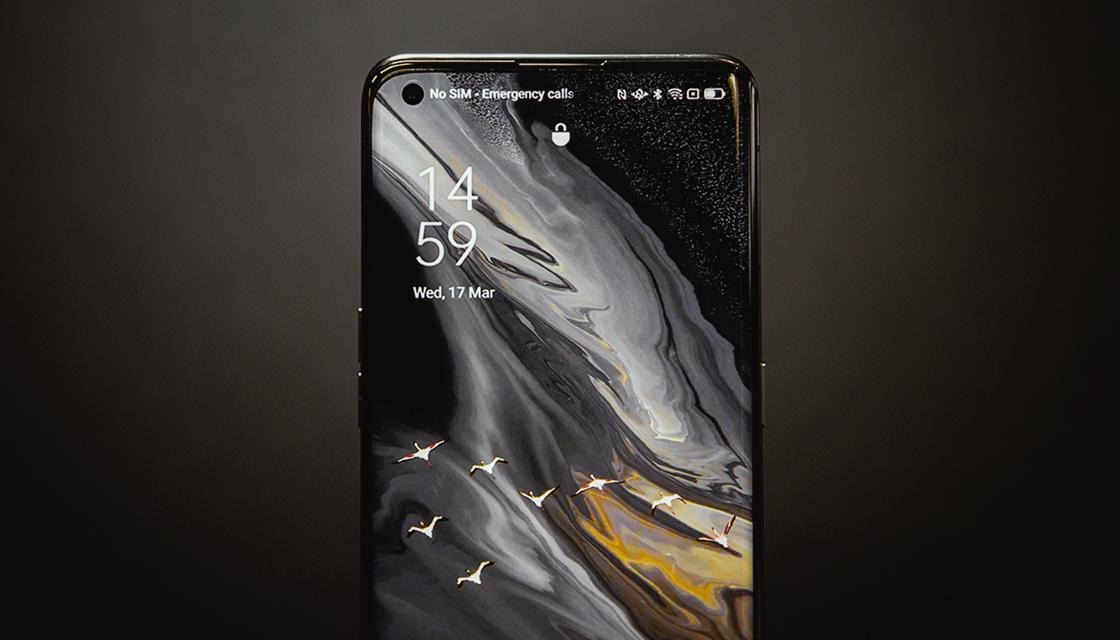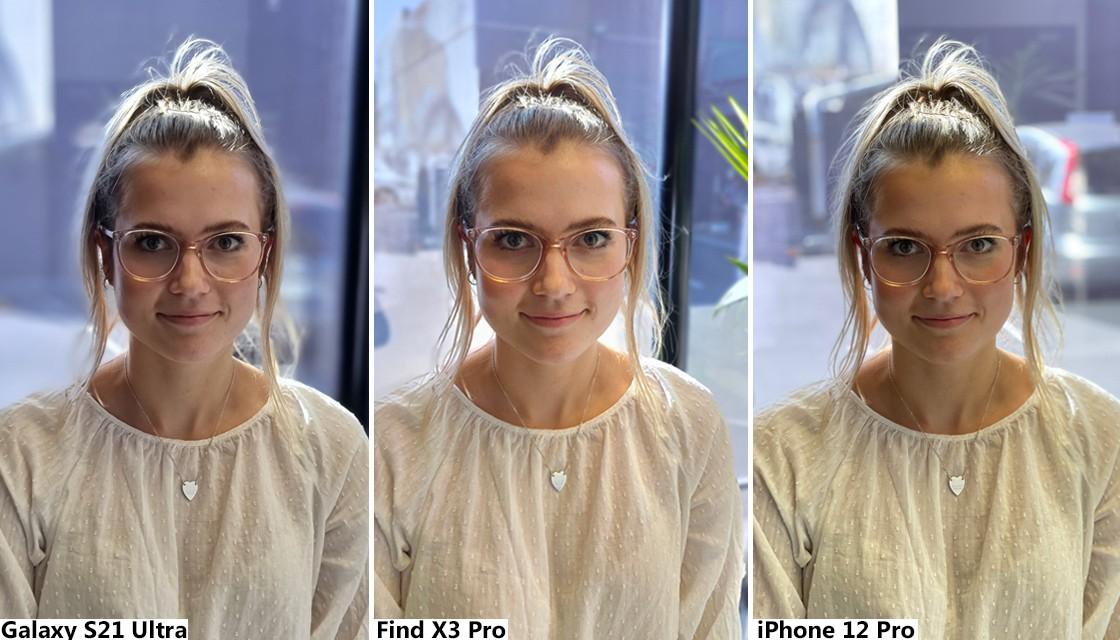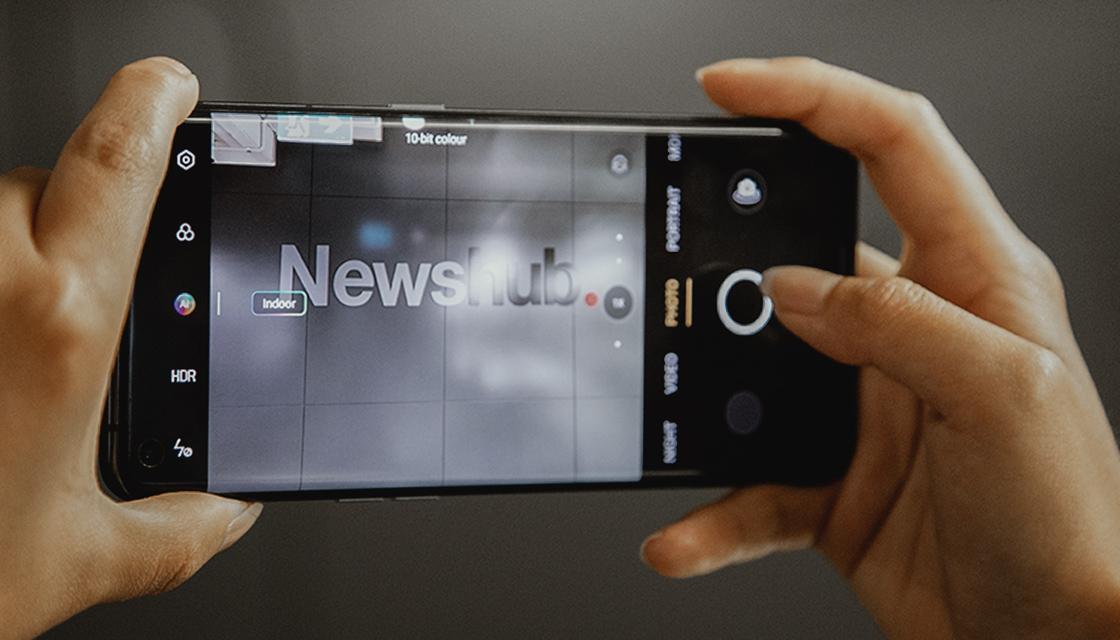
Oppo's new Find X3 Pro is the latest phone in an innovative line of premium flagships from the Chinese tech company.
But how well does it perform, and can it compete with the titans of the smartphone industry?
I've been using it for nearly two weeks and here are my thoughts.
The good
I'll drop the bombshell early: the Find X3 Pro is nothing short of sensational.
It has a premium feel lacking in many other Android phones, even in the flagship bracket. From the materials used to the layout of the buttons and even the sloping corners of the display, everything feels meticulously thought-out on this sleek device.

The Find X3 Pro is gorgeous. The single sheet of smoked glass that covers the rear is mirror-reflective and rises to encapsulate the camera lenses with no jagged lines or creases.
Oppo says it's taken inspiration from spacecraft design and for once, I actually believe that corporate fluff.
No corners have been cut with the Find X3 Pro's screen. A 6.7inch 120Hz QHD+ AMOLED display makes watching videos a joy, and a max brightness of 1300nits makes dealing with the brightest of days a breeze.
Componentry is cutting-edge, as expected. An industry-leading Snapdragon 888 chipset and 12GB of RAM mean minimal load times for apps and games. A respectable 256GB of storage is available, which should be more than enough for the lifespan of the phone in a world where we're all streaming and using the cloud.
The Find X3 Pro is running a fresh version of Oppo's custom Android build, ColourOS 11. The new update builds on previous versions and mostly improves usability. I find ColourOS 11.2 to be a simplistic, stylish and highly usable Android build, and I appreciate Oppo keeping bloatware to the minimum, beyond the usual Google suite.
Over and above the usual tinkering with wallpapers and homescreens, ColourOS lets you get down to the small things like navigation button layout, app quick launch and more. Apple purists love to loathe Android for what can be a comparatively unrefined user experience, but if there's a phone that will change their minds, it's the Find X3 Pro.
Potential iPhone converts won't just be impressed by the user experience, either. The Find X3 Pro is a fearsome competitor in the photography realm for both Apple and Samsung.
A quad-lens rear camera array makes for a killer combination no matter the situation I used the phone in. Dual 50MP (wide and ultrawide) lenses offer depth in photos above and beyond the usual Android rabble, while additional 3MP macro and 13MP telephoto lenses round out the camera array.
Take a look at the photo comparisons below and judge for yourself. They've been cropped down in size and compressed for this website, but are otherwise untouched after being transferred from each device.



The Find X3 Pro also packs a microscope lense nestled among the camera array which can be used to inspect items at seemingly-molecular level.
Its definitely one of the stranger gimmicks I've seen in a smartphone and has few uses beyond impressing friends by zooming in on fabrics and textiles, but also shows the immense power of Oppo's camera technology.
For video buffs, the Find X3 Pro can shoot in 4K at 60FPS on the rear camera, or 1080 at 30FPS on the front.
Oppo's facial recognition and biometric fingerprint scanner make getting into the phone secure but speedy. Once you're in, the highly responsive display combined with the grunty internals means getting around is fluid, painless and ultra quick.
It also comes with a beefy 4500mAh battery - more than enough for a day's use, but of course it offers fast charging to get you quickly juiced up if you need to in a rush.
As you'd expect for a premium smartphone in 2021, you get 5G access with this - if you're lucky enough to be in a part of New Zealand that offers it.

The bad
Most devices I play around with as a tech reviewer have their fair share of flaws. The Find X3 Pro is perhaps the closest thing to a flawless phone I've tested yet.
But of course, it isn't quite perfect.
While I was impressed by ColourOS, there are still a few tweaks to be made here and there, including some clipping issues with the keyboard and the navigation buttons.
The phone needs a few tweaks out of the box to maximise the user experience and isn't set by default to its best settings. For me, that involved switching the screen resolution from the default FHD to QHD+, enabling Dolby Atmos and adjusting the clunky default Android keyboard.
I was also the first in New Zealand to try out Oppo's new wireless charger, which was less than impressive. Along with subpar charging speed compared to traditional wired charging, it creates an audible whine, which I expect Oppo to sort out before launch.
Finally, while I love the dazzling mirror finish on the back of the phone, there's no denying it's a fingerprint magnet that's constantly collecting smudges and smears.

The verdict
The Oppo Find X3 Pro is a spectacular smartphone that showcases the very best that Android devices have to offer in 2021.
A sleek user experience, great camera and super premium feel should make it a serious consideration for consumers eyeing up a new smartphone in the premium price range.




